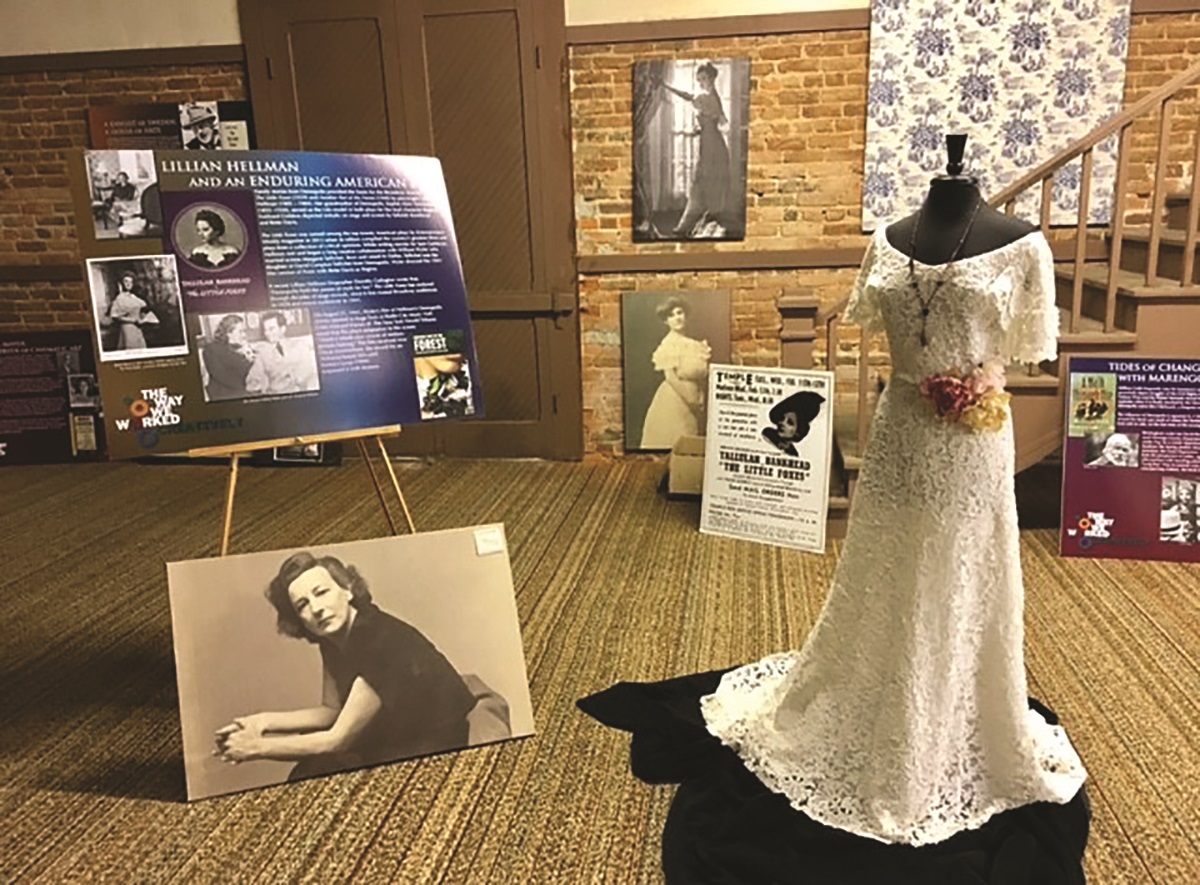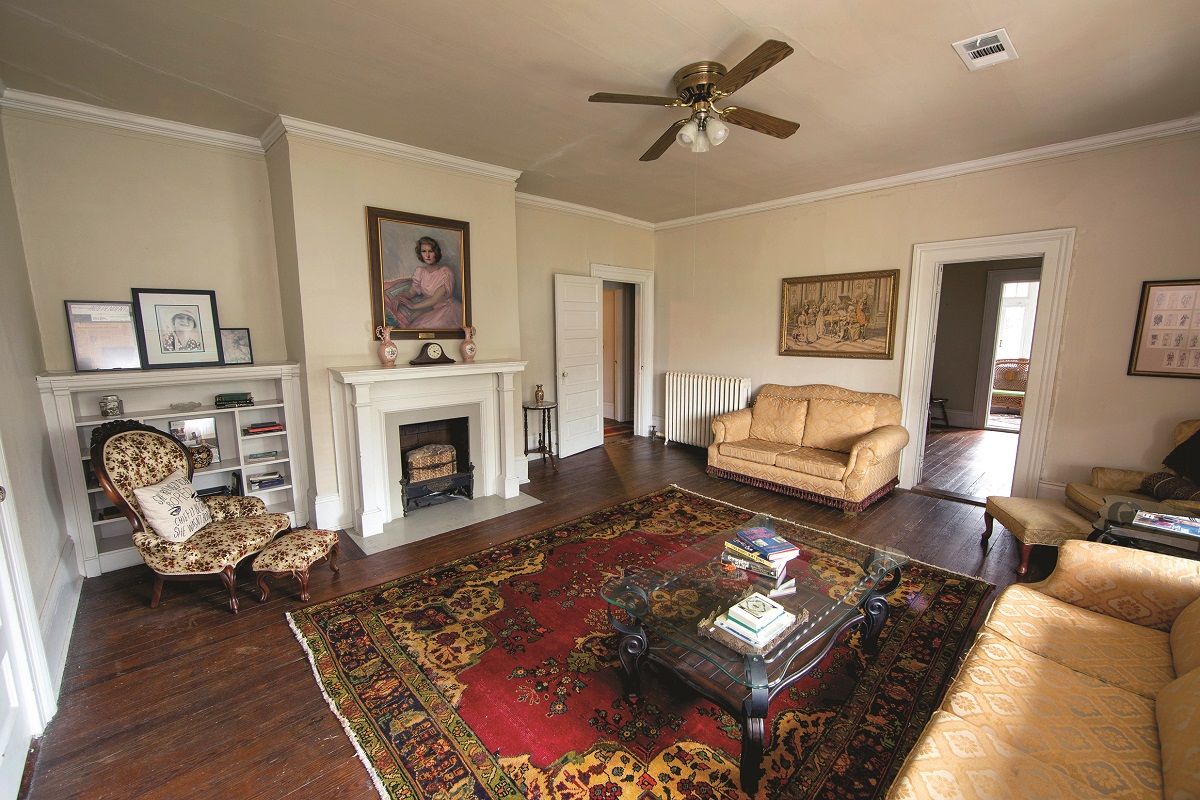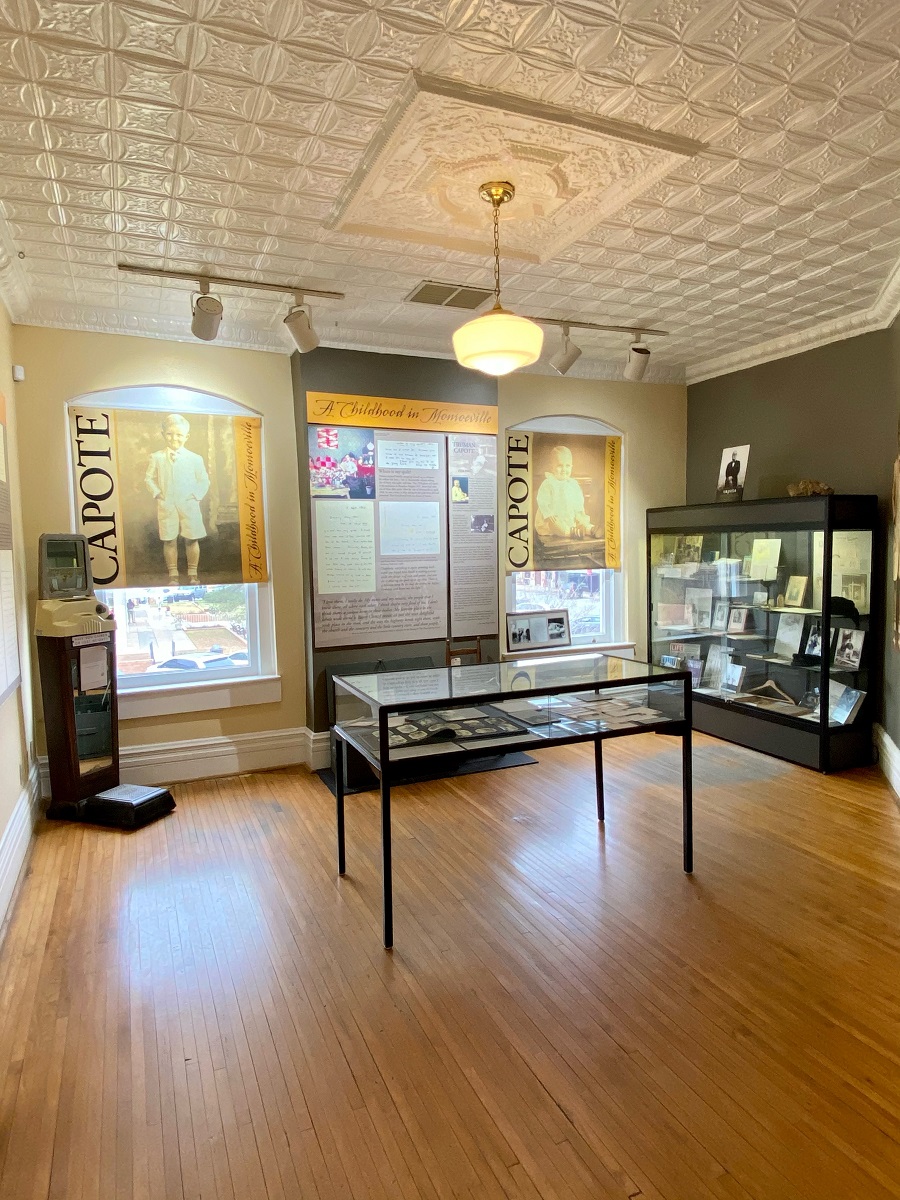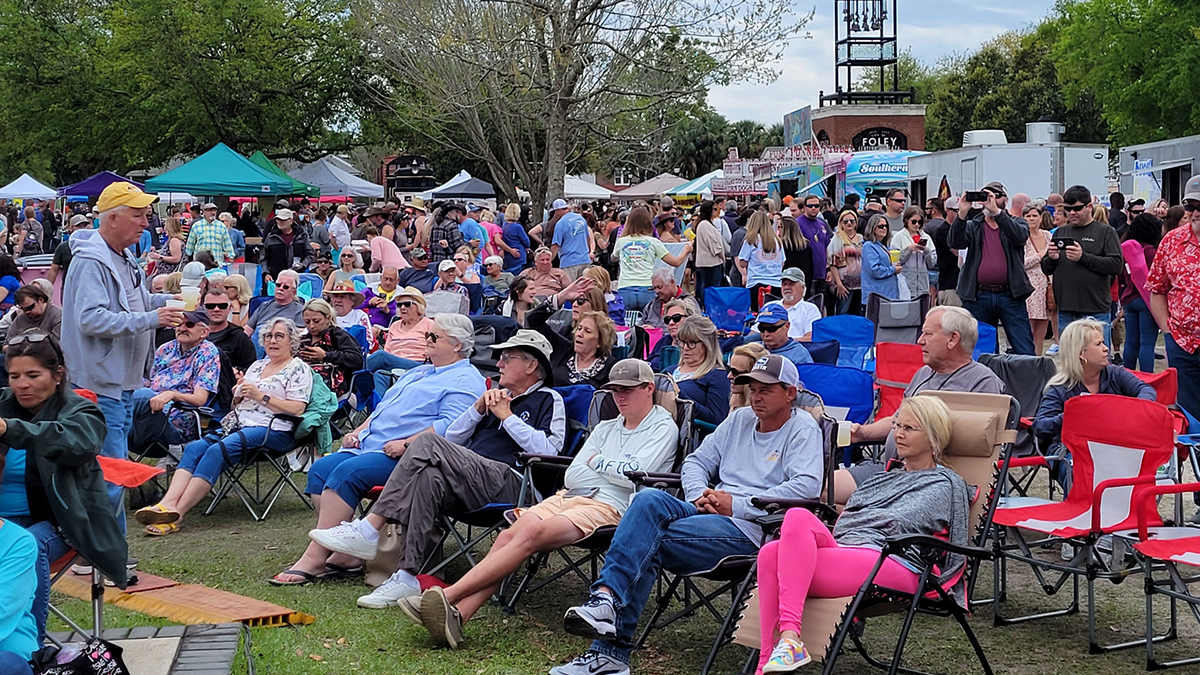Southern Literary Trail highlights Alabama authors

Fans of the classic novel "To Kill a Mockingbird" can visit the courtroom at the Monroe County Museum, which was the model for the courtroom in the film version. (Monroe County Museum)
Stories of renowned authors with Alabama connections run deep, and in some cases the legends are even deeper. But for people who want to learn more about writers like Truman Capote, Harper Lee or Lillian Hellman, a journey along the Southern Literary Trail through Alabama can help set the records straight.
The three-state trail comprises homes, museums, writing centers and cemeteries that highlight 28 Southern 20th-century authors, from Margaret Mitchell and Erskine Caldwell to Zelda Fitzgerald and Capote. The brainchild of Alabama attorney William Gantt and representatives of literary sites and communities in Alabama, Georgia and Mississippi, the trail was legally established with bylaws and a board of directors in 2010.
“The goal was to honor and recognize how place influenced Southern writers and to preserve their histories,” said Gantt, who is chairman of the trail. “Each has an intriguing story to tell, and we hope that we’re able to give people further insight about them beyond the contents of the books they’ve written.”

A display about Lillian Hellman and “The Little Foxes” at the Marengo County History and Archives Museum in Demopolis. The dress, a re-creation of the lace dress worn by Bette Davis in the film version, was created by Donna Meester, director of costume design and production in the Department of Theatre and Dance at the University of Alabama. (Marengo County History and Archives Museum)
Beginnings
In 2004, two events took place in Alabama and Mississippi that provided the catalyst for developing the trail.
“Organizers in Demopolis had been celebrating Lillian Hellman, and in Columbus, Mississippi, the town hosted Tennessee Williams festivals, so the two groups met that year to discuss their respective programs,” Gantt said. “From that meeting, they agreed to contact other communities in the Southeast that celebrated their own authors.”
Meetings were held to develop criteria for inclusion of sites, and by 2008 they had created a route that traversed the three states. The next year, the first Trailfest included performances, tours, readings, film screenings and school programs.
“The Southern Literary Trail made its debut at the 2009 Trailfest and generated a great deal of attention in all three states and regionally,” Gantt said. “With funding help from each state’s humanities councils and the National Endowment for the Humanities, we had a successful launch and saw our ideas come to life.”
Late in 2020, the board finalized an agreement with Mississippi State University to provide a permanent home in Starkville for the trail. Administrative support includes the services of two library staff members and website maintenance.
“Having a physical location and staff support has really made a difference in our work,” Gantt said. “With a centralized website and staff assistance, we are much more able to focus on our collective goals of bringing these Southern authors the recognition they are due. I am so glad we landed there.”
The trail sponsors and/or curates various traveling exhibitions, including a recent exhibition of photography by P.H. Polk and a collection of typewriters used by famous authors.

The Scott and Zelda Fitzgerald Museum in Montgomery contains many of Zelda’s paintings and personal items. (Fitzgerald House Museum)
Honoring Alabama authors
The sites that represent the authors are as diverse as the books they wrote. In some cases, their childhood homes still stand; in others, a visit reveals a peaceful gravesite and a historic marker.
“Each town has represented its famous authors in their own way,” Gantt said. “For instance, in Monroeville, the homes of Capote and Lee have been torn down. The Monroeville Museum holds a collection of memorabilia, some manuscripts, newspaper clippings and photographs.”

The Monroe County Museum houses a permanent exhibit, “Truman Capote: A Childhood in Monroeville,” which documents the writer’s connection to Alabama. (Monroe County Museum)
The town also honors Lee with regular productions of “To Kill a Mockingbird,” staged at the Old Monroe County Courthouse.
“As a youngster, Lee, known by her first name, Nelle, in those days, would go to the courthouse to see her daddy,” said Wanda Green, executive director of the Monroe County Museum. The courthouse was used as inspiration for the set for the film starring Gregory Peck as Atticus Finch. “When people come here, they say it’s like the story has come to life.”
In Montgomery, Scott and Zelda Fitzgerald rented a home for about a year during their turbulent marriage; at the time they were both writing prolifically – his “Tender is the Night” and her “Save Me the Waltz.”
“Zelda was from Montgomery, but during her lifetime she traveled extensively with her husband, and they never owned a home,” said Alaina Doton, executive director of the Fitzgerald House Museum. “When she and Scott came back to Montgomery, they rented the home that’s now a museum, with suites that can be rented through Airbnb.”
The downstairs of the Fitzgerald House contains the museum, with Zelda’s paintings and personal items. Guests can stay in the upstairs apartments, named the Zelda Suite and the Scott Suite, which are separate from the museum.
Authors with Mobile ties include William March, Eugene Walter and Albert Lee Murray. March’s second novel, “Come in at the Door,” portrays life in small-town Alabama. Walter’s “The Untidy Pilgrim” was set in Mobile, where he grew up. Murray’s character Scooter in “The Train Whistle Guitar” was based on his childhood. Murray met author Ralph Ellison when both attended what was then known as Tuskegee Institute. The two were remained friends until Ellison’s death in 1994.
Although Lillian Hellman didn’t live in Demopolis, she frequently visited family there. “Her great-grandfather was the first Jewish immigrant to Demopolis and became a successful businessman,” Gantt said. “I grew up there and recall stories from people of my parents’ generation who remembered her. In 2007, I was asked to chair the town’s Lillian Hellman Festival; it was an honor.”
Many of the town’s buildings, some built by her family, became part of her plays, and the Marengo County Historical Society supports the preservation of such places as Lyon Hall and the Marx Bank Building.
“The Southern Literary Trail has helped bring these Southern authors to life and provide a glimpse into what influenced their writings,” Gantt said. “Whether you decide to visit a site close to home or take a journey through the entire trail, you’re sure to find an interesting story and a surprising way to connect with these storytellers.”
Authors on the Alabama portion of the Southern Literary Trail
- Truman Capote, “In Cold Blood,” Monroe County Museum, monroecountymuseum.org, Monroeville.
- Ralph Ellison, “Invisible Man,” tuskegee.edu/libraries/legacy-museum, Tuskegee.
- Zelda Fitzgerald, “Save Me the Waltz,” F. Scott Fitzgerald, “Tender is The Night,” The Fitzgerald House, thefitzgeraldmuseum.org, Montgomery.
- Lillian Hellman, “The Little Foxes,” “Another Part of the Forest,” marengocountyhistoricalsociety.com, Demopolis.
- William Bradford Huie, “Three Lives for Mississippi,” “Mud on the Stars,” facebook.com/pages/Hartselle-library, Hartselle.
- Harper Lee, “To Kill A Mockingbird,” Monroe County Museum, Monroeville, monroecountymuseum.org, Monroeville.
- William March, “Come in at the Door,” Mobile Public Library, mobilepubliclibrary.org, Mobile.
- Albert Murray, “Stomping the Blues,” mobilepubliclibrary.org, Mobile, and tuskegee.edu/libraries/legacy-museum, Tuskegee.
- Eugene Walter, “The Untidy Pilgrim,” “The Byzantine Riddle,” mobilepubliclibrary.org, Mobile.
For general information about the Southern Literary Trail, southernliterarytrail.org, and for the latest information about events and activities, facebook.com/southernliterarytrail.
This story originally appeared in Alabama Living magazine.





